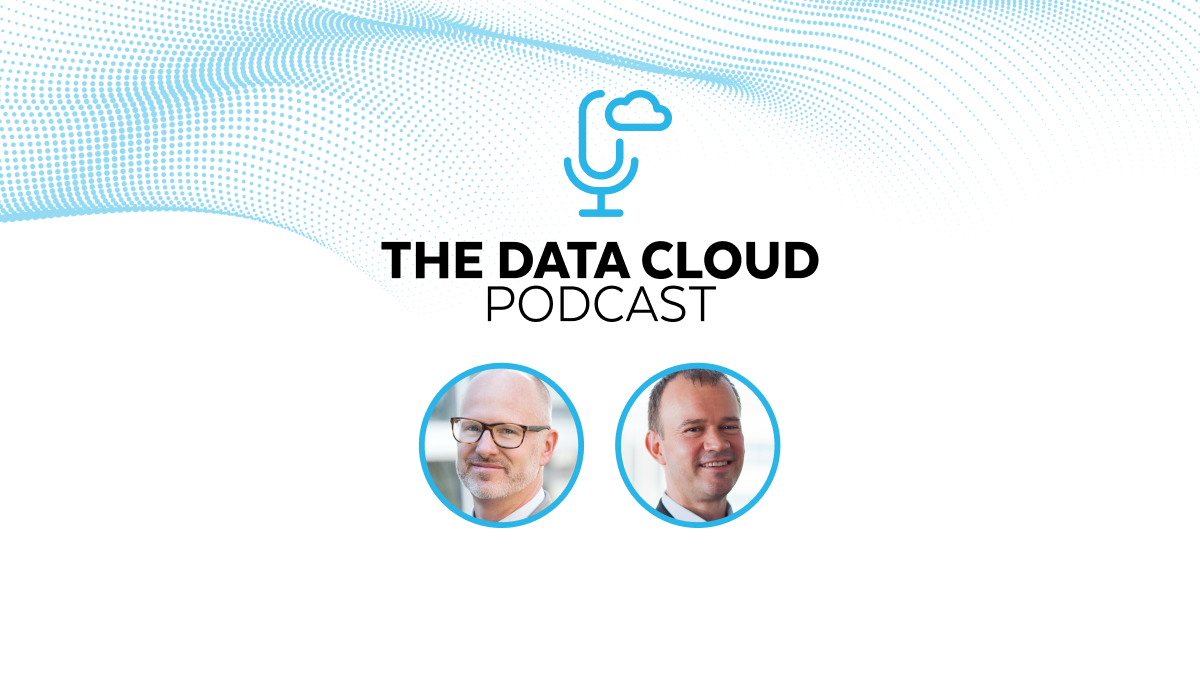Snowflake partners Robling and Logic Information Systems help retailers gain data-driven insights to boost customer acquisition and retention and increase revenue. Jeff Buck, CEO of Robling, and Graeme McVie, Managing Director of Data Science and Analytics at Logic, joined us on the latest episode of The Data Cloud Podcast to talk about opening up data silos and the transformational power of data and analytics.
Retail technology consultancy Logic helps midsize and large retailers around the world discover and adapt to their customers’ changing buying behavior while also meeting retailers’ technology and business goals. Robling, a retail data analytics company, focuses on addressing the global issue of data silos. The goal is to remove the burden currently shouldered by many retail professionals of engaging in mind-numbing and soul-crushing spreadsheet work to integrate data from disparate sources.
“The cloud has solved the processing bottlenecks because of a near-infinite expansion of compute and storage,” Buck said, citing the elegance of the Data Cloud. “Storage is cheap and compute power is elastic, which fits the model nicely for retail because the usage is so spiky.”
Retailers need a data platform to bring all their data, including sales, customer, and inventory information, together into one system, the Data Cloud, to provide a full 360-degree picture of their business. Then they need a data model, which Robling provides, to standardize hierarchies, metrics, and time frames. “Everybody’s talking about the same thing in the same way so that decisions can get made consistently,” McVie said. Next they need a reporting suite to give the business decision-makers access to the insights and information that they need on a timely basis. Finally, retailers need to be able to collaborate, and this is where Snowflake Data Marketplace comes into play.
“Every retailer and CPG company needs its own customer database so that they can better know who their customers are,” Buck said. He gives the example of a customer who was stocking vinyl records but found that the records weren’t selling that well in some of its stores. The retailer’s initial thought was to get rid of those items until it dug deeper into the data to analyze the transactions as well as the customer information. The retailer discovered that the buyers of the records were 13 to 15-year-old girls, a different key core customer than expected, so it retained the vinyl.
When retailers make assortment decisions, they often stack and rank stock items based on sales. The tendency is to “cut off the tail,” McVie said, so removing the items at the bottom of the stack that don’t sell very well. However, closer data analysis reveals that the customers who buy those types of items are typically a retailer’s most loyal customers, and in addition no comparable item exists that they could substitute for their original planned purchase. “You’re better off keeping those items down the bottom of the stack that are more valuable to your most loyal customers and making changes in the middle of the stack where there’s high substitutability of items, which aren’t necessarily important to your most loyal customers,” McVie said.
Data sharing between retailers and their suppliers and other peers can help to drive costs out of the supply chain. For instance, when retailers use cloud computing to share their sales data and promotional plans with suppliers, they can collaborate not only on inventory replenishment but also on which items to have in which stores and on future product innovation. On the marketing side, retailers have given their suppliers access to their personalized marketing campaign performance data so that together they can align their respective marketing budgets. By sharing campaign and promotion performance, data retailers and suppliers can gain a good sense of the impact of these campaigns and promotions on demand so that suppliers can incorporate that data into their factory production schedules and other elements of the supply chain to improve the overall efficiency of the end-to-end supply chain.
“The latest evolution is the development of retailer marketing platforms where you’ve got retailers with online properties or digital channels which attract massive audiences on a very frequent basis, and which contain the exact customers of interest to both suppliers and retailers,” McVie said. By collaborating on marketing, retailers and suppliers can line up their respective marketing budgets and so be more personalized and targeted in the communications each group sends out to customers. This leads to a triple win of driving higher campaign response rates, producing incremental sales, and doing it all at a scale that makes a real impact for shoppers, retailers, and suppliers.
“It adds value to our experience when retailers know us better,” Buck said. “And so retailers are now adding in that personalization component to the way that they merchandise, to the way that they stock their stores, to the way that they talk to us. And I think that is actually getting us closer to where we should be, which is a very personal experience with our retailers.”
The Data Cloud Podcast is a podcast hosted by award-winning author and journalist Steve Hamm. For each episode, Hamm speaks with a data leader to learn how they leverage the cloud to manage, share, and analyze data to drive business growth, fuel innovation, and disrupt their industries. You can listen to more episodes here.
